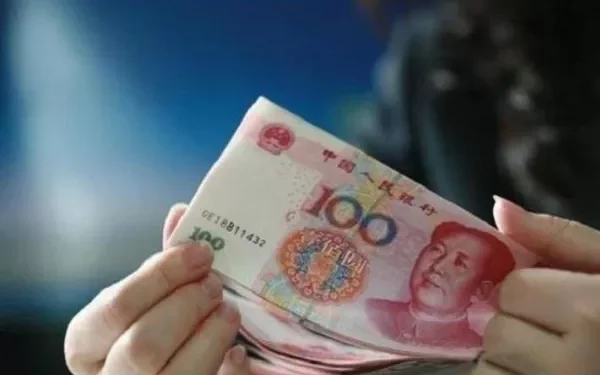On Tuesday, the People’s Bank of China (PBOC) continued to manage the yuan‘s exchange rate against the U.S. dollar using a floating system, allowing for a fluctuation within a +/- 2% band. The system is designed to accommodate market supply-demand dynamics, economic indicators, and global currency market movements.
The daily midpoint of the yuan’s value is influenced by these factors. Within a trading day, the yuan can shift by up to 2% from this midpoint. This approach allows for some flexibility in the yuan’s value while maintaining a degree of control over its stability.
In instances where significant volatility occurs or if the yuan approaches the band limit, the PBOC intervenes through currency transactions. This intervention aims to maintain stability in the exchange rate and prevent any drastic fluctuations that could impact economic stability.
There are potential plans to widen the fluctuation band to 3%, providing even more flexibility for the yuan’s value. However, this would also require closer monitoring and potentially more frequent interventions from PBOC to ensure continued stability in the exchange rate.




























